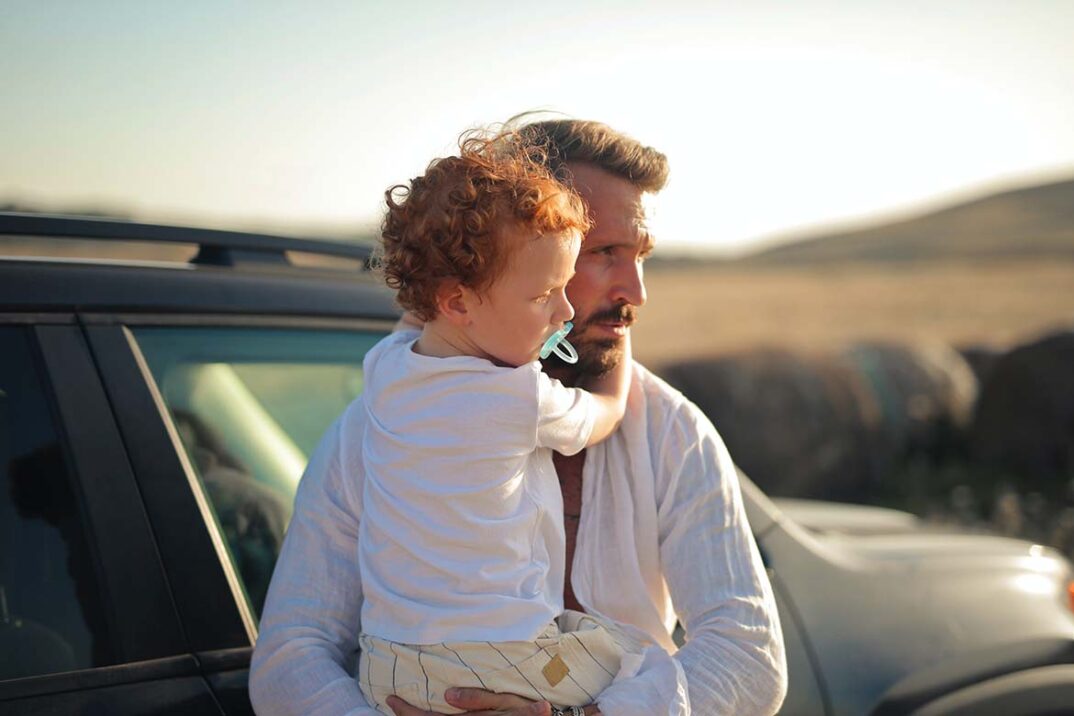Physical development Physical development has many things – height, weight, coordination, but most adults do not take into account the
Continue readingChild psychologist: “Five-year-olds have no place at the desk”
All the world is a laboratory to the inquiring mind.
6 to 12 months This period refers to a greater extent not to the plot and plot lines or stories,
Continue readingHow to teach your child to love books? (6-12 month old)
At this age, babies become more and more independent. Listen to your child and let him stop and interrupt you.
Continue readingHow to teach your child to love books? (12-18 month)
Age 3 to 5 years This is the period of active growing up of the baby. This age suggests that
Continue readingHow to teach your child to love books? (3-5 years old)
Physical development Physical development has many things – height, weight, coordination, but most adults do not take into account the
Continue readingChild psychologist: “Five-year-olds have no place at the desk”
6 to 12 months This period refers to a greater extent not to the plot and plot lines or stories,
Continue readingHow to teach your child to love books? (6-12 month old)
Bullying (from the English. To bull – to persecute) is the aggressive conscious behavior of one child (or group) towards
Is the full development of a child possible without additional education? Although the document “On Education” says that one of
Continue readingWhy do you need additional education for children
For most, the realities of life in Asian countries remain unknown. As a destination for tourism, this part of the
Continue readingFeatures of school education in the Far East
Perhaps the most pressing topic in the media world today is the issue of “fake news”. Even Elon Musk, the
Continue readingHow and why should children be able to distinguish between “fake news”?
All parents dream of a polite little child who says please and thank you. After all, your baby’s behavior reflects
Continue readingModeling behavior is the best way to teach your child good manners
The issue of car safety is very acute today. To minimize the likelihood of road accidents, it is necessary to comply with traffic regulations and the laws of personal safety. Particular attention should be paid to the safety of young passengers. It depends not only on competent driving, but also on the organization of the place for transportation of the child in the car.
Why Do You Need A Child Car Seat?

A child car seat plays the same role as a seat belt for adults – it protects. The belt should go over the collarbone, across the chest and hip bones, as these are the ones that protect the internal organs. In the event of an accident, a properly buckled person may be injured, but they will be compatible with life. If the belt goes over the neck, or stomach it is fraught with unnecessary injuries or even strangulation. A child car seat allows you to properly secure your child according to his or her height. In addition, it will fix it in place and prevent it from crawling on the seat while driving. But it is important that the seat fits the child.
At What Age Should I Change My Car Seat?
Changing your car seat on time is significant for child safety while driving (If you have a Jeep, this might be helpful for you: best steering stabilizer jeep jk). For those who don’t know when to change their car seat, here are some basic signs:
Car seats for children have a certain lifespan, after which the manufacturer does not guarantee the protective properties of their device. For most models, this period is six years. If it has expired, it is better not to risk it, and buy a new child car seat.
If the car has been in even a minor accident, after which no visual defects remain on the seat, it is still better to replace it. This is due to the fact that there may appear small cracks in the fasteners or the frame itself, which will affect the performance properties of the seat. Such a car seat at any time can fail even with minimal loads.
The effectiveness of the car seat depends on the compliance of the weight and height of the small passenger with the parameters of a particular model. Each manufacturer sets the maximum allowable load on their products, and if the infant has outgrown the specified parameters, he needs a new child car seat.
Car Seat Groups

The range of children’s car seats is very large, so you need to understand what your requirements for this product and how to choose it correctly. Buying a car seat, many people do not take into account some nuances. If you are buying a car seat for short trips (to take your baby to kindergarten or school, to take him to the store), you require one model, and if you decide to go on a trip with a child, you need to buy a completely different model of car seat. Let’s deal with what kind of car seat is best for a long trip.
Let’s start with the fact that all child car seats are divided into several groups, which take into account the age of the child, his height and body weight.
Group 0
Car seats in this group are designed for infants, whose weight does not exceed 10 kg and whose age is up to 6 months. Most often, it is a removable carrycot from strollers, equipped with fasteners and straps for fastening. This cradle is installed on the back seat, necessarily across the movement of your car. These car seats are used for a very short time, because the baby is growing rapidly, and practically do not provide security for the baby. Perhaps that’s why they are not very popular with parents.
Group 0+
That category is designed for children from 1 year to 2 years old and weighing no more than 13 kg. Most typically, it is a carrier seat, with fixtures suitable for strollers. In this type of seat, the baby will not only lie down comfortably, he can be placed in a half-sitting position with a 5-point harness. It can only be installed upside-down in a car.
Group 1
This car seat category is suitable for children from 1 to 4 years of age weighing up to 18 kg. These models can be used forward and backward in the car. Products in this group must have seat belts, head protection, support on the sides and adjustable backrest tilt. Models in this group are among the most technologically advanced. They regularly have a variety of design features that give a few extra comforts for the young passenger and simplify the installation of the structure in the car.
Group 2
This type is designed for children from 3 to 7 years old with a body weight of no more than 25 kg. The seats have a headrest that protects the baby’s head and supports the sides. Manufacturers frequently combine this group with the first or third. If the model is combined with Group 3, the backrest can be reclined along with the car seat and the headrest can be raised higher to secure the child with the car seat belts, in this case the seat has special guides.
Group 3
Car seats in this group can already be considered real seats, they are called boosters, which fit the car seat belts. The seat allows you to place the baby at a height at which the seat belts will not be able to cause injury in an accident. However, these seats have a significant disadvantage – in a side impact protection will be minimal.
After buying a car seat, you will need to install it, here you can help.
Booster is quite light and affordable, suitable for children from 3 to 12 years old with a body weight of up to 36 kg.
Despite the division by group, manufacturers often combine several groups with each other, as a result you can buy a universal car seat. Of course, it is convenient, you do not need to change the seat if the child has grown, but this seat has disadvantages, for example, you will not be able to adjust the headrest if the baby is uncomfortable to sit.
We hope that our article has helped you!